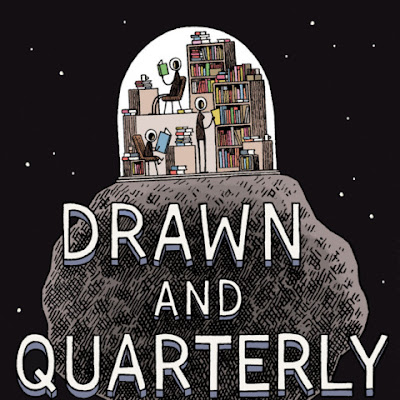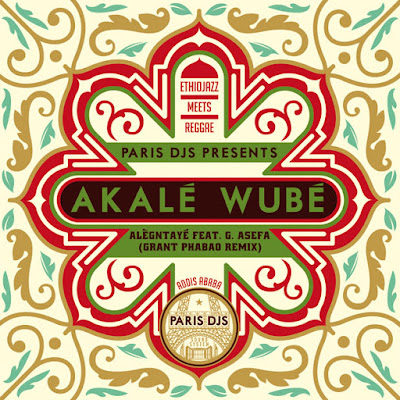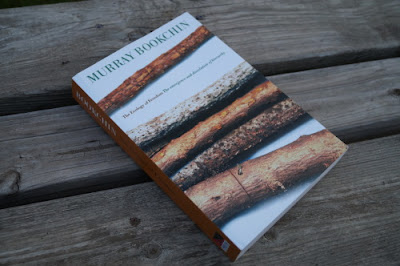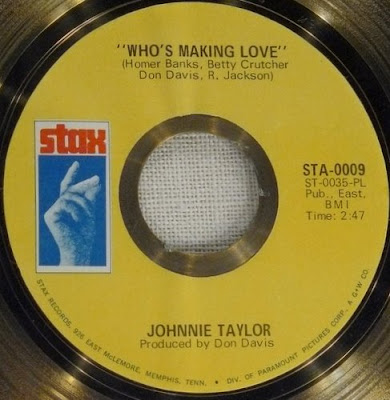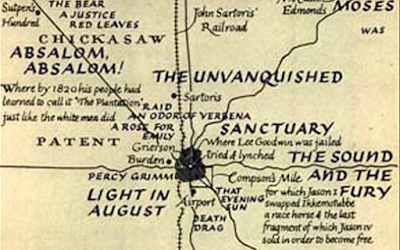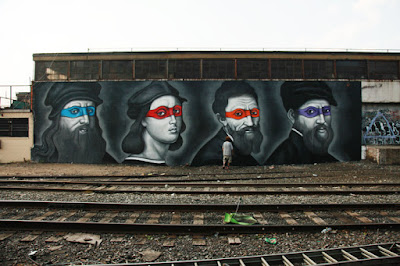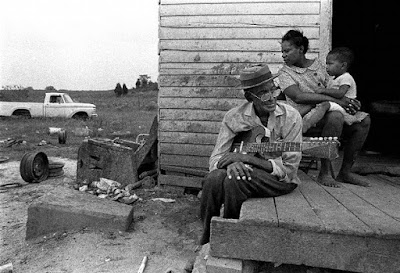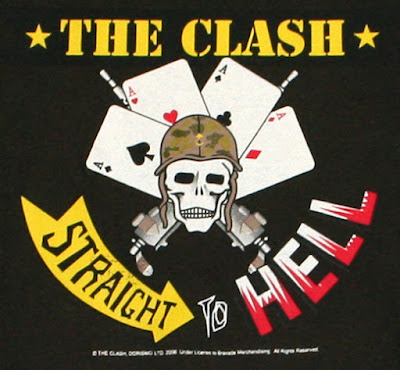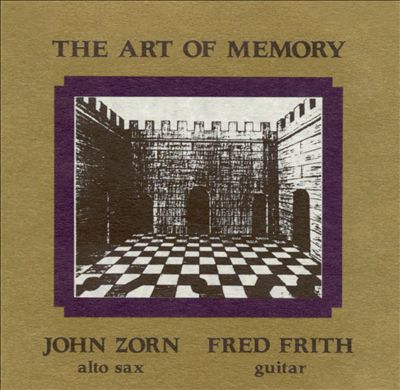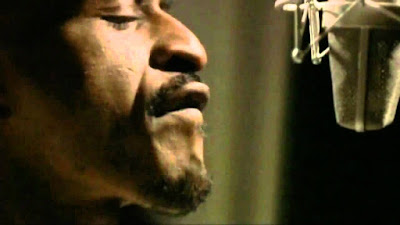
Wikipedia - "'Classic (Better Than I've Ever Been)' is Grammy nominated collaboration song between Kanye West, Nas, KRS-One and that is co-produced by Rick Rubin and DJ Premier. The song was released as a single on February 20, 2007 by Nike Records. ... Its remix, 'Better Than I've Ever Been DJ Premier Remix', is produced by DJ Premier, and it features Rakim along with the aforementioned rappers. It features DJ Premier's signature scratches from prior songs such as Nas' 'One Love' and 'It Ain't Hard to Tell'. ..."
Wikipedia
Classic (Nike Air Force Remix) Lyrics
Soundcloud: Kanye West ft. Dj Premier, NAS, Rakim, Krs-one - Classic (Video)
YouTube: DJ Premier, Rakim, Nas & Krs-One - Classic (HD)
